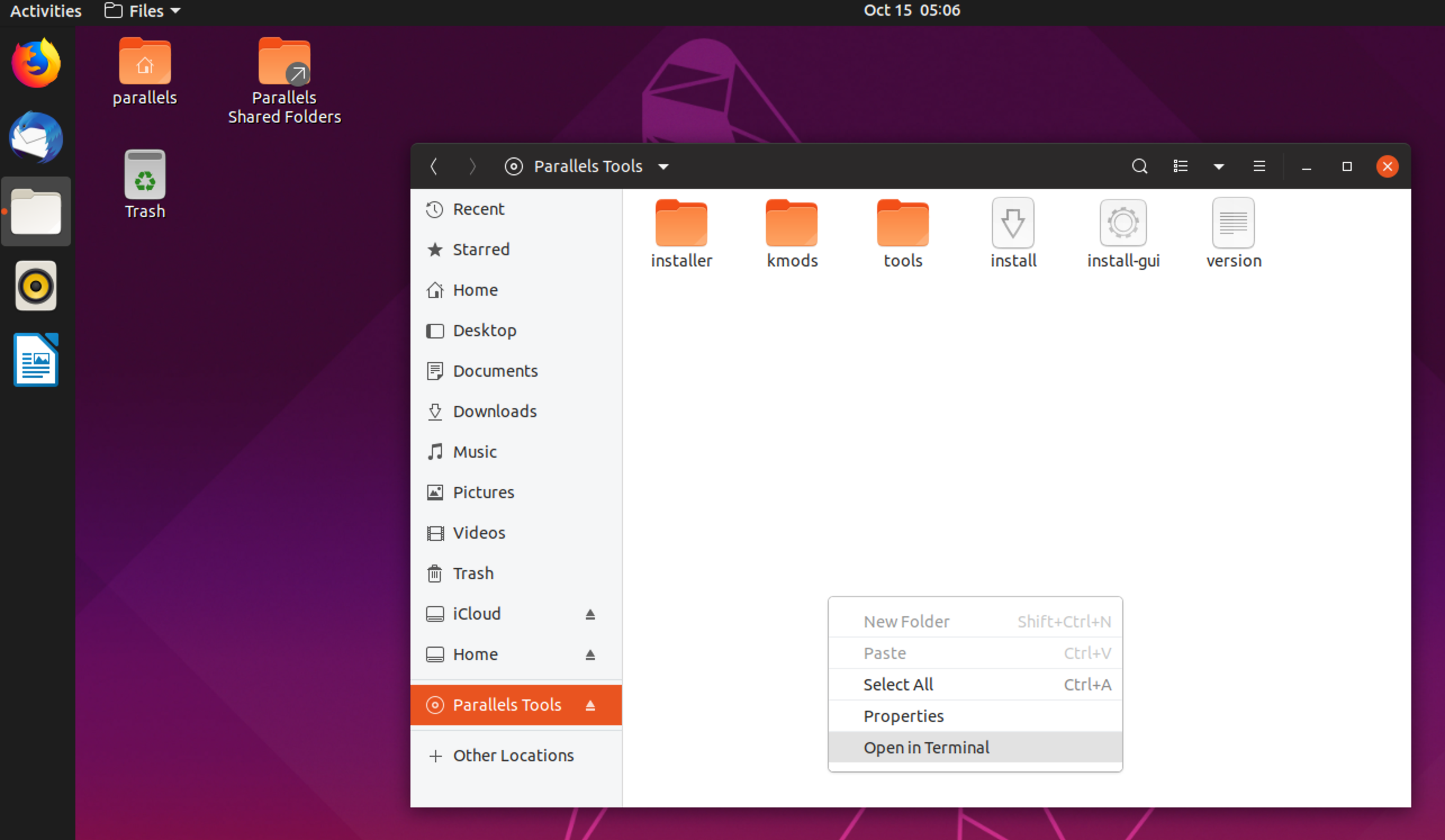


Both Windows and Linux guest operating systems can be installed via an easy installer, and Parallels supports up to eight virtual CPUs, and 64-bit versions of Windows and Mac OS X Server. Parallels Desktop’s virtual machine configuration interface has been streamlined, making it simpler to find the settings you wish to change. Multiple monitor support has been improved as well, making it easier to use Windows and Linux applications on multi-monitor Macs. You can also copy and paste formatted text and images between not just the Mac OS and Windows, but with Linux as well. You can, for instance, change the zoom level on a Word for Windows document by pinching in or out on your trackpad. Parallels Desktop also supports pinch and swipe gestures in many applications. There’s even an optional MacLook mode that attempts to make Windows’ windows look more like those in OS X-squared corners are rounded off, and the close/zoom buttons are replaced with the standard OS X colored versions. Click that icon to gain access to the Windows start menu, and a folder in the Dock provides access to Windows applications. “Smarter” features include a more Mac-like experience through a new Crystal view mode, which basically makes the Windows operating system disappear-Parallels’ icon vanishes from the Dock and application switcher, and it’s replaced with a Parallels icon in the menu bar. USB transfer speeds in Windows are faster than before, and Parallels Compressor runs in the background to optimize the size of the virtual machine for better performance. In the “faster” category, Parallels Desktop 5 now includes full Aero support in Windows Vista and Windows 7, and an improved Parallels Transporter promises to speed up and ease the task of converting a standalone PC into a Parallels virtual machine.


 0 kommentar(er)
0 kommentar(er)
